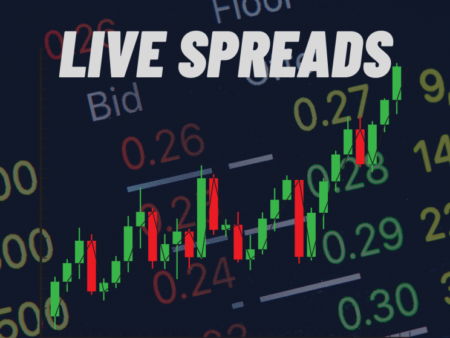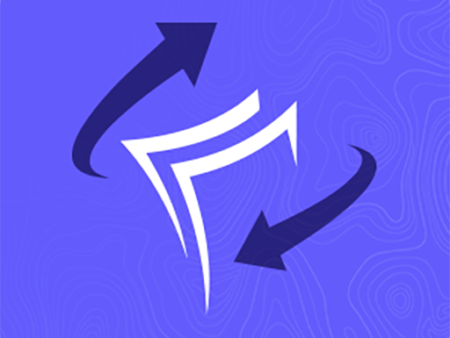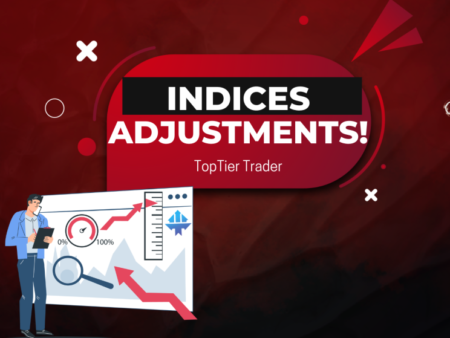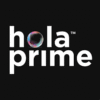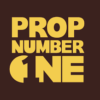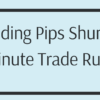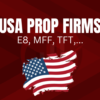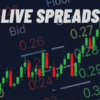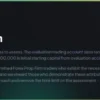Comparing The Funded Trader with Finotive Funding unveils key differences and similarities in their trading objectives and conditions, offering valuable insights for traders deciding between these two firms.
Overview of Profit Targets and Loss Limits
The trading objectives of The Funded Trader and Finotive Funding differ in several aspects, including profit targets and loss limits:
- Phase 1 Profit Target: The Funded Trader sets a higher target of 10%, compared to Finotive Funding’s 7.5%.
- Phase 2 Profit Target: Both firms align with a 5% target in Phase 2.
- Daily Loss Limit: A 5% limit is common to both, with The Funded Trader offering an option to increase this to 6%.
- Maximum Loss Limit: Each firm caps this at 10%, with The Funded Trader providing an option to extend to 12%.
Minimum Trading Days and Maximum Trading Period
The requirements for trading days and periods also show variations:
- Minimum Trading Days: The Funded Trader requires at least 3 calendar days, whereas Finotive Funding has no minimum trading day requirement.
- Maximum Trading Period: Both firms offer an unlimited period for both Phase 1 and Phase 2.
Profit Split Comparison
The profit split between the two firms offers different potential benefits:
- Profit Split: The Funded Trader starts at 80% and can go up to 90%, while Finotive Funding offers a range of 75% to 95%, providing potentially higher rewards under certain conditions.
In summary, while The Funded Trader and Finotive Funding share some similarities in their trading objectives, they exhibit distinct differences in profit targets, loss limits, minimum trading days, and profit splits. These factors are crucial for traders in choosing the firm that best aligns with their trading style and goals.
